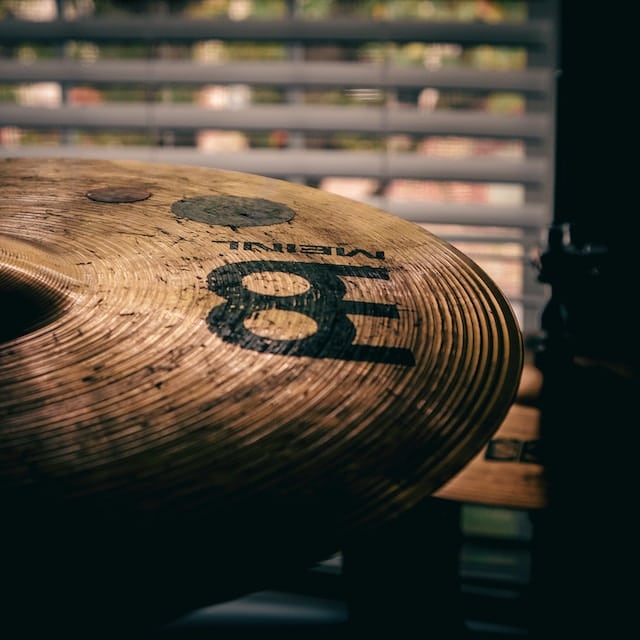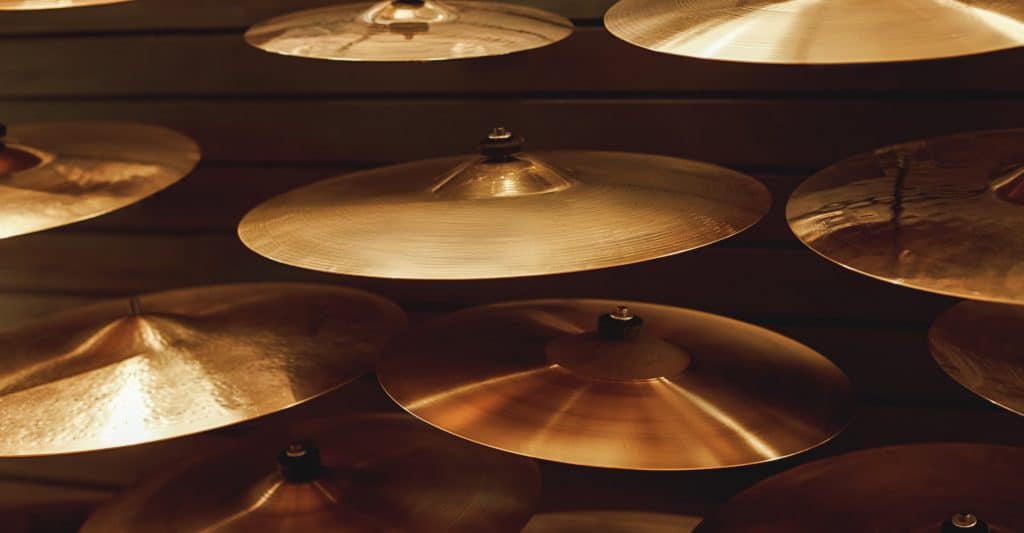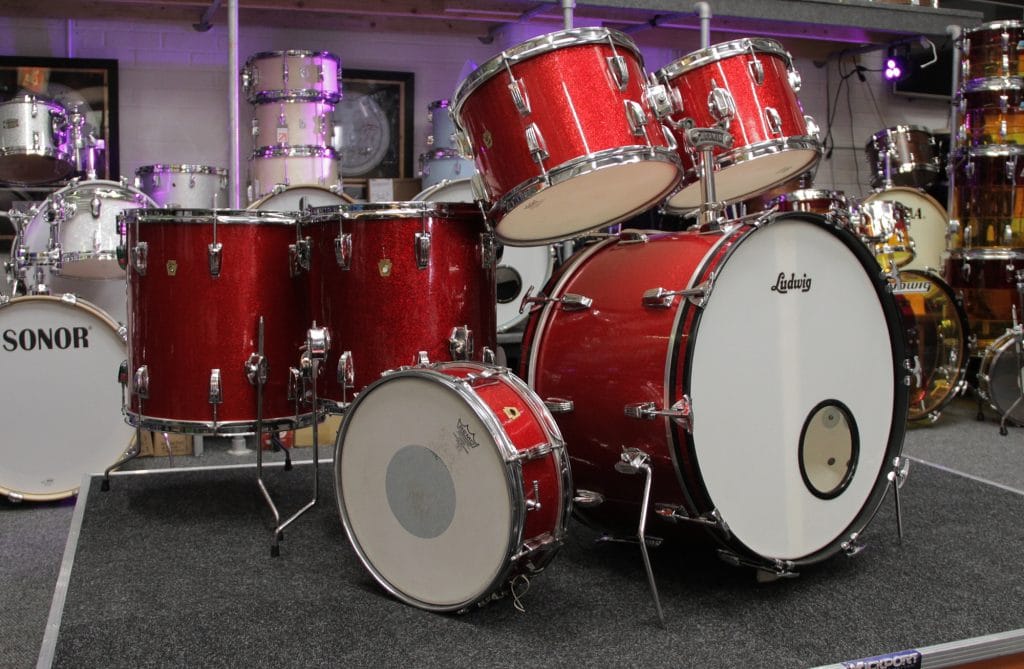Reasons to get an awesome snare drum
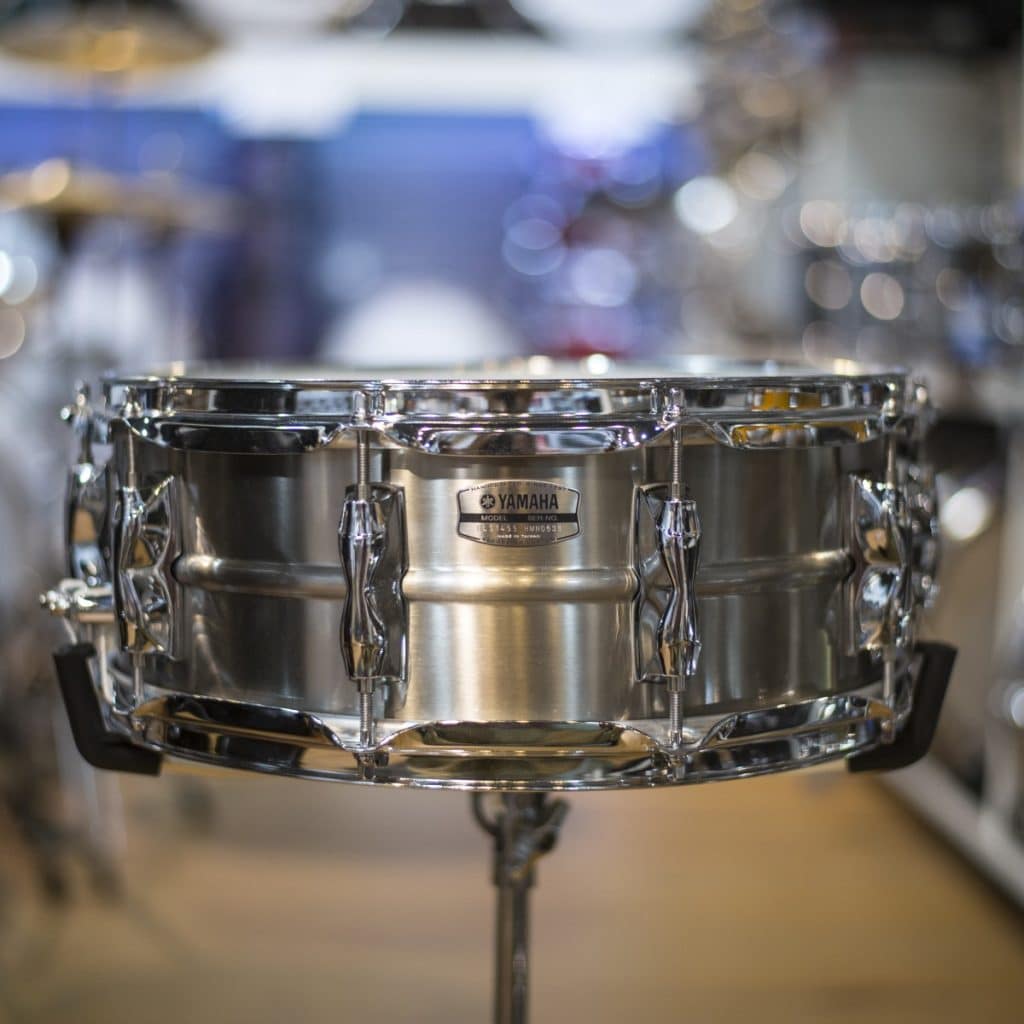 Firstly, let’s discuss why you can’t ignore this aspect: if you plan on making impressive music, you need an awesome snare drum:
Firstly, let’s discuss why you can’t ignore this aspect: if you plan on making impressive music, you need an awesome snare drum:
- You need the right type that suits your music genre as different types produce different sounds.
- Only quality units will produce clear rim shots.
- A durable unit is better value for money as you won’t have to replace the heads as often.
- An awesome snare drum that also looks impressive will make you seem and feel more professional.
- If you want to record your playing, only quality instruments will produce music worth capturing (and it will require less editing before it sounds like a winning track).
- Because snare drums help set tempo and energy of a song its quality is vital to the overall effect you want to create.
Ready to pick yours? We’ll help you.
Features to consider when choosing a snare drum
We’re going to help you become an expert shopper overnight by listing and discussing the most important features about snare drums. Understand each aspect so you know which type and quality will best suit your desired outcome.
Drum size
When purchasing the best snare drum for the money your budget allows, you’ll consider two aspects when it comes to size: the diameter as well as depth—how tall it is. You can usually pick any 14” drum for most applications, but if you’re shopping for a unique scenario such as joining the local marching band you must consider how deep it is. A marching snare drum can be up to 12” high such as the Ludwig Supralite showcased above. But shopping for your local rock band or even an orchestra only requires around 6 inches. If you’re starting out and want a drum that’s easy to tune, the standard 14” x 5.5” is an ideal one to start with.
Shell material(s)
There isn’t necessarily a ‘best’ material for snare drums—simply a best option based on your goal with your snare drums. These drums can be made of various kinds of wood, fiber glass, metal or synthetic materials. Some manufacturers even offer hybrids, combining various materials to give you the best effect from different types.
Each material will produce a different kind of tone, such as fiberglass that tends to result in bright sounds, while metal ones—copper or steel—can give you a balanced number of frequencies across the board. Wood drum sets like the Pearl Modern Utility model are popular not only for their warm tones, but also the beautiful aesthetics.
Hoops
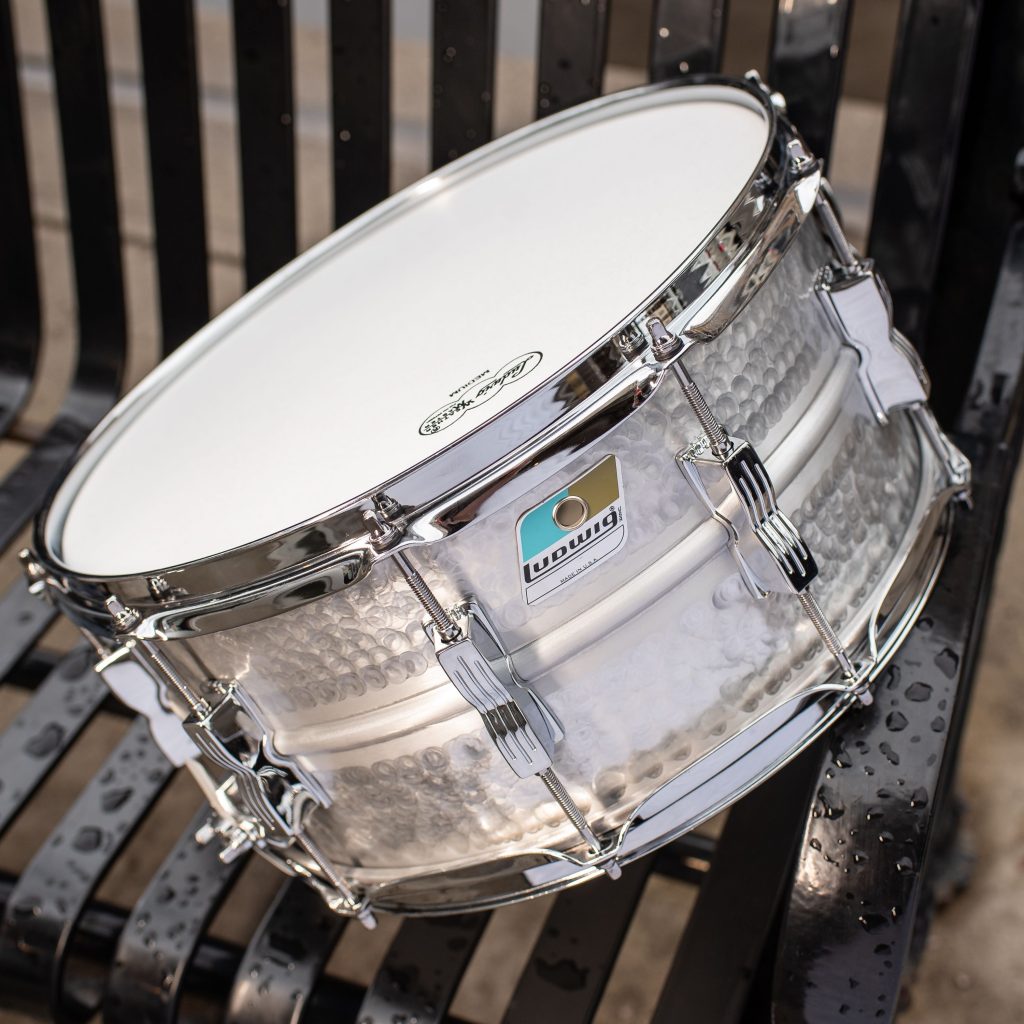 When walking through a music store you’ll notice snare drums with different hoops around the top. This isn’t only for aesthetics as the designs impact sound and durability of your drum.
When walking through a music store you’ll notice snare drums with different hoops around the top. This isn’t only for aesthetics as the designs impact sound and durability of your drum.
The names of the metal hoops refer to the bends the metal makes in the specific design type:
- A triple-flange is common and can help you get the perfect rimshot, but know that this design tends to bend easier than others and they don’t tune very easily. They are loved though because they add stability and a heavier unit can improve resonance.
- A double-flange or die cast hoop is easier to tune than the one above and can help you create exceptional rim clicks because the design projects the sound. But if you want resonance, this may not be the one for you.
- For resonance you can try the single-flange. They even look great if the manufacturer uses small claws for a minimalistic approach. Be careful though because you’re likely to break more sticks with this one.
- Inward-flange is also a triple design but with a different angle. On a large drum you’ll appreciate how it can help control the tone of the drum and it produces a dry audio experience.
- You’ll even find wood hoops that do tend to break easier after a few rimshots, but they make for easy tuning and your rimshots will give you a full sound.
Lugs
As with many characteristics when it comes to musical instruments, the number of lugs could be a matter of personal preference. Lugs are important as they affect the tension of the drum head.
If you have more lugs it’s easier to create an equal amount of tension across the unit.
But having many lugs also means your shell has many holes drilled through it and it won’t vibrate as freely as with a drum design using only four or eight lugs. Vibration is an important aspect of the sound marching snare drums and other types should make, so this is an important consideration before you buy.
Overall dimensions and weight
We already discussed size in part but remember to match dimensions and weight to your application. A snare drum can weigh as little as 8lb, or even as much as 20lb. If you’re looking for the best marching snare drum, you have to find a balance between weight and quality as you don’t want a heavy unit weighing you down and affecting your playing. Also, if you’re shopping for a traveling band a lighter design makes for easier transport. A light fiberglass unit may be better than a heavy steel one. Simply remember to make sure it still sounds exceptional. It’s all about finding the perfect balance.
Extra features
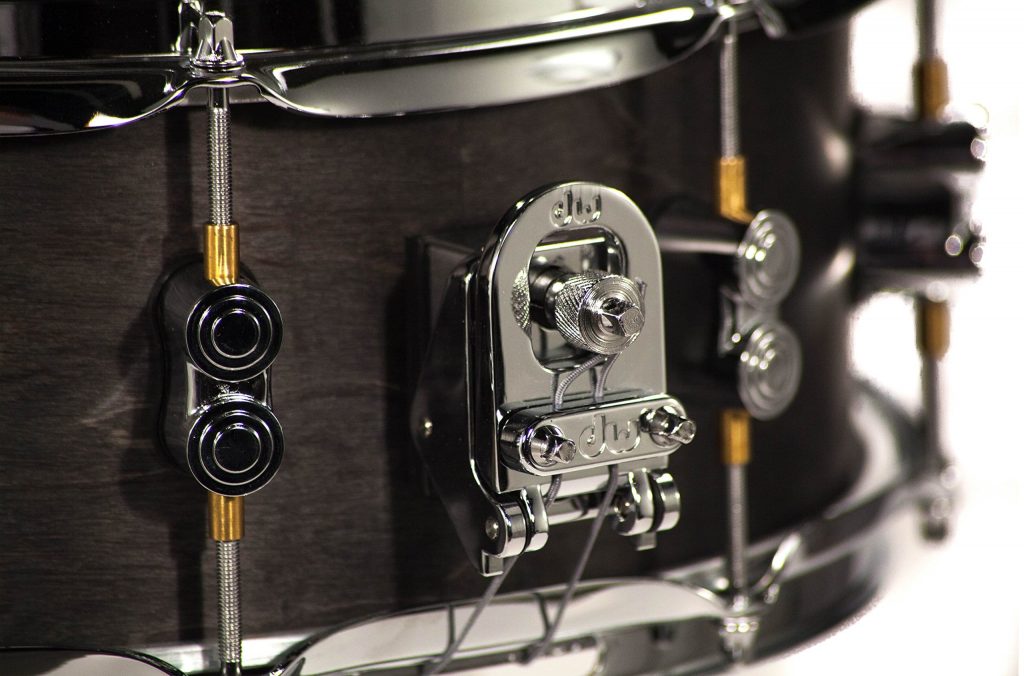 The leading manufacturers understand what is important for the modern musician – and who doesn’t like a bargain? Keep an eye out for products with accessories included, such as our budget pick, the Mendini Student Snare Drum Set. This can save you money and a trip to the music store as you’ll get multiple items at once.
The leading manufacturers understand what is important for the modern musician – and who doesn’t like a bargain? Keep an eye out for products with accessories included, such as our budget pick, the Mendini Student Snare Drum Set. This can save you money and a trip to the music store as you’ll get multiple items at once.
With a new snare drum, you have a good chance to get a practice pad or new drumsticks. Ideally, you should also look for snare drums that come with a stand. That will mean you can be sure of the drum matching the stand’s size, making for an easy setup.
Price
Luckily for you, you’ll find snare drums in many different price categories, as can be seen from the ones featured above where our Budget Pick, the Mendini Student Snare Drum Set, makes for the ideal investment for today’s students. The good news is also that you can try a relatively low priced unit and with expert tuning or simply by replacing the head, you can give it an instant upgrade for basic practice that will be more than sufficient.
But do think of the long-term implications. If you’re purchasing one that you one day want to perform with, you must ensure it will produce appropriate sound, not to mention the high quality you need if you want to record your playing for professional purposes. That’s when a pricier unit, such as the Ludwig LB417BT makes sense to buy. To prevent buying a second set you may have to spend a little more right from the start.
Snare drum maintenance and care
Maintenance is key if you want your drum to sound as good on day one as it sounds 100 days later.
With drums, regular care is non-negotiable, as you need this to make your drum sound exceptional every time. The snare has various parts that can stretch or contract—such as the head—and tuning it will affect the sound it produces. For this, you’ll need to carry a drum key with you.
From time to time, the head will need complete replacement. This gives you the ideal opportunity to clean the entire unit. Tightening screws, cleaning away dust from the inside, and cleaning or replacing rusted parts—such as lug springs—will take some time but will improve the overall sound, making it worth the effort.






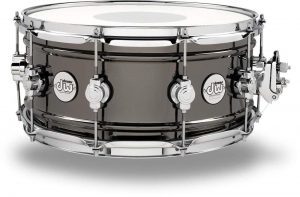
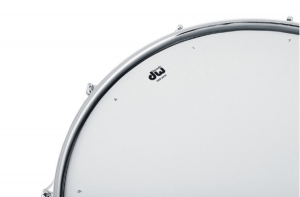
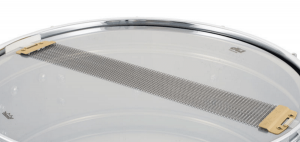
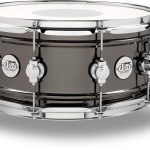

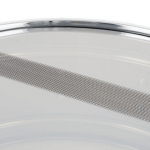


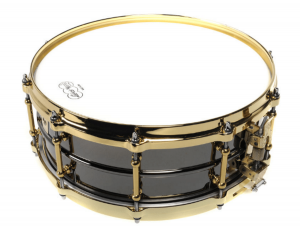
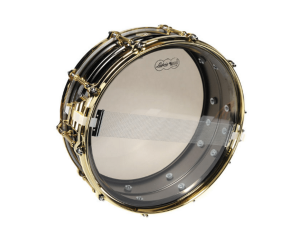
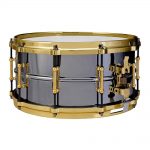
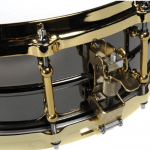
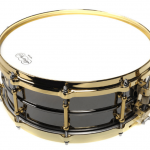

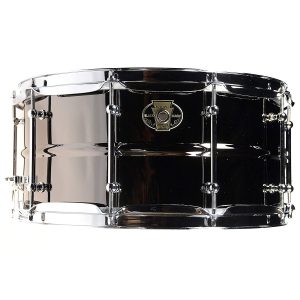
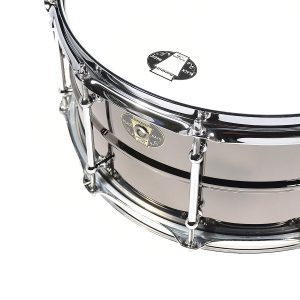
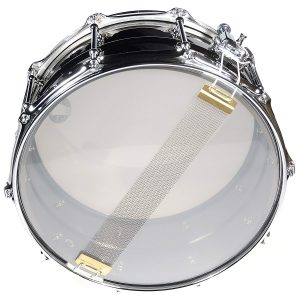
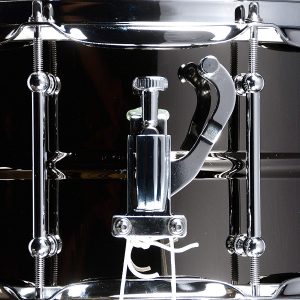
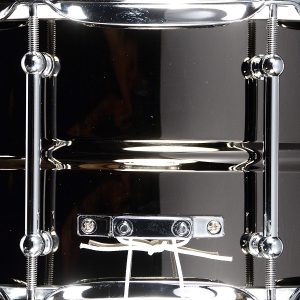

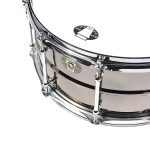
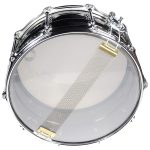
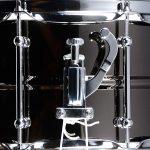


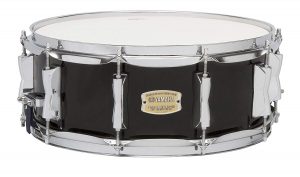


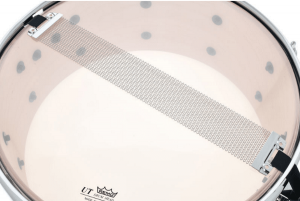

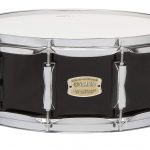
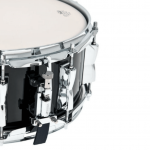
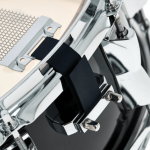
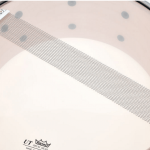
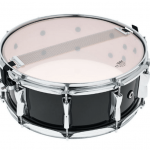
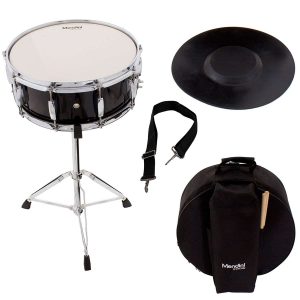


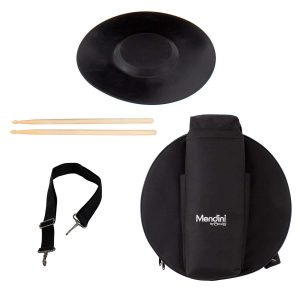

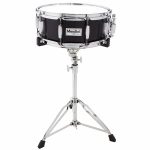
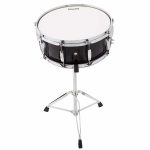

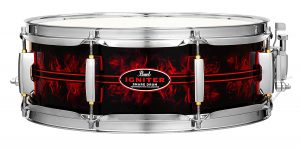
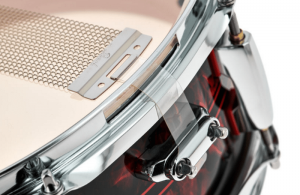
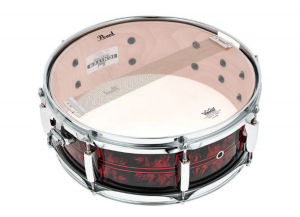
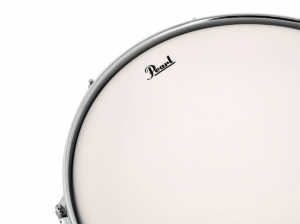

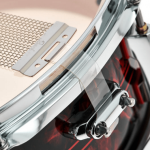
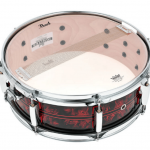
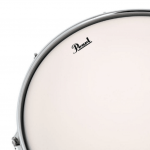
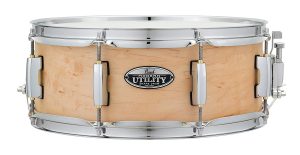
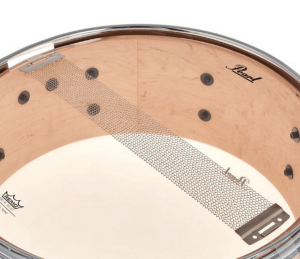

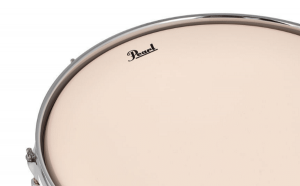
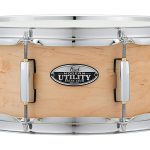
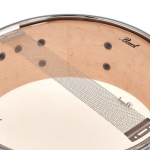

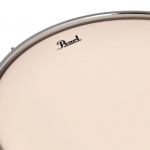
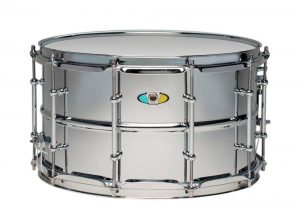
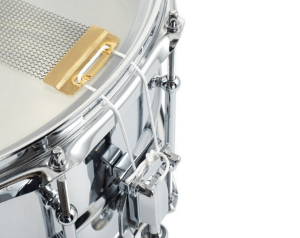
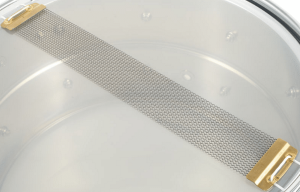
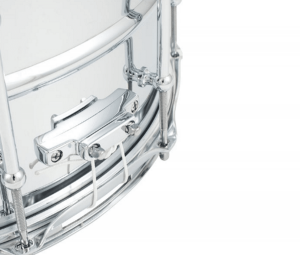
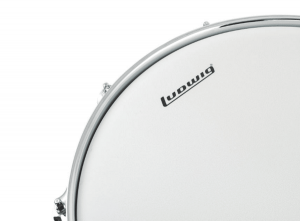
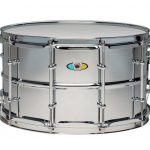

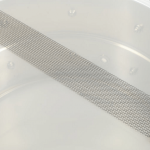
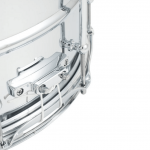
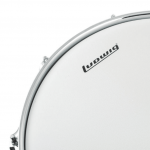
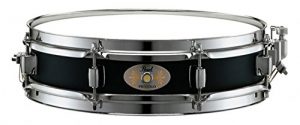
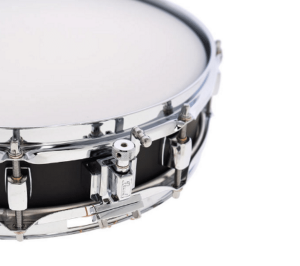
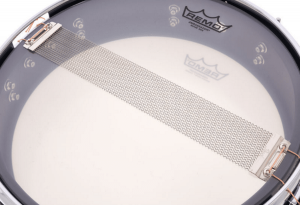

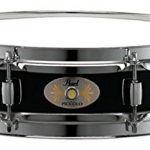
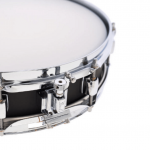

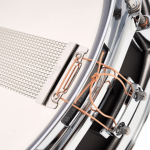
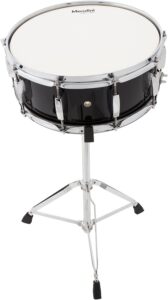




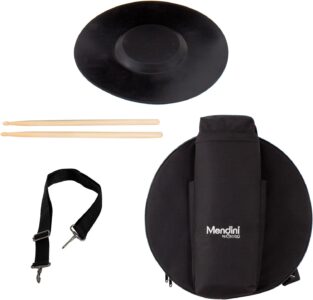
 Firstly, let’s discuss why you can’t ignore this aspect: if you plan on making impressive music, you need an awesome snare drum:
Firstly, let’s discuss why you can’t ignore this aspect: if you plan on making impressive music, you need an awesome snare drum: When walking through a music store you’ll notice snare drums with different hoops around the top. This isn’t only for aesthetics as the designs impact sound and durability of your drum.
When walking through a music store you’ll notice snare drums with different hoops around the top. This isn’t only for aesthetics as the designs impact sound and durability of your drum. The leading manufacturers understand what is important for the modern musician – and who doesn’t like a bargain? Keep an eye out for products with accessories included, such as our budget pick, the
The leading manufacturers understand what is important for the modern musician – and who doesn’t like a bargain? Keep an eye out for products with accessories included, such as our budget pick, the 





